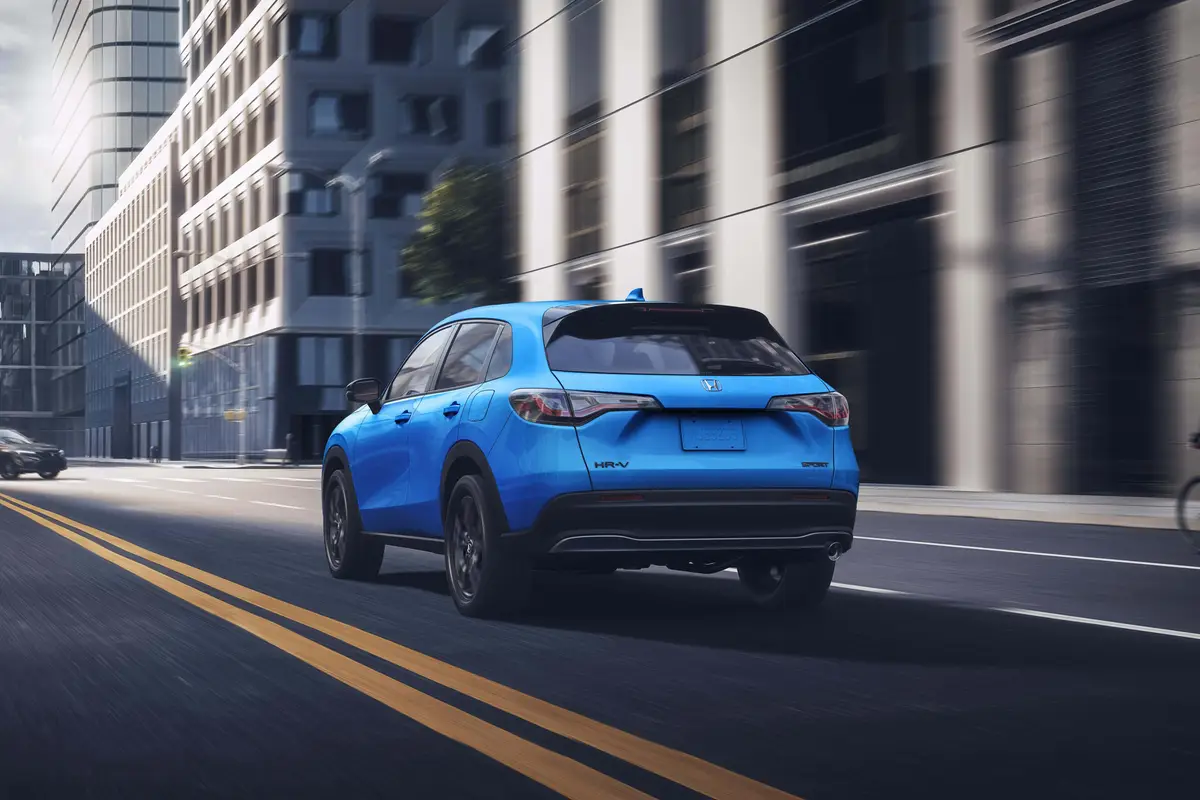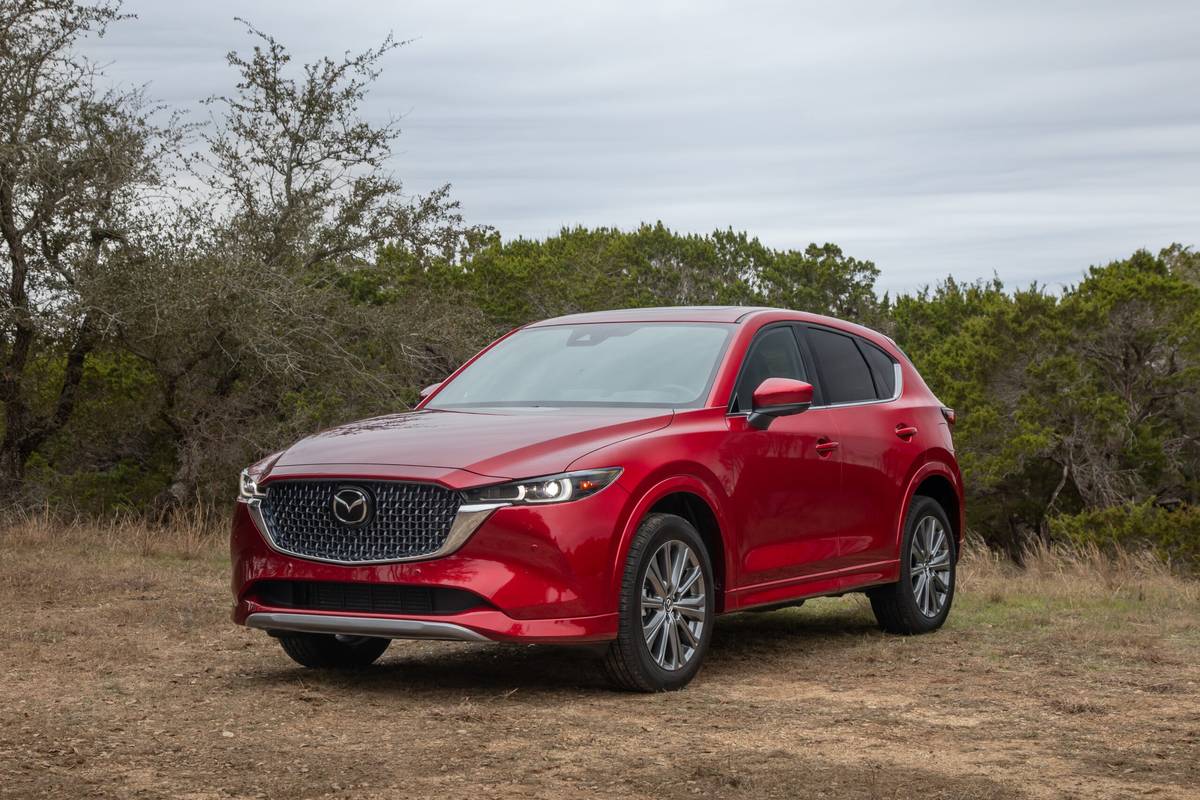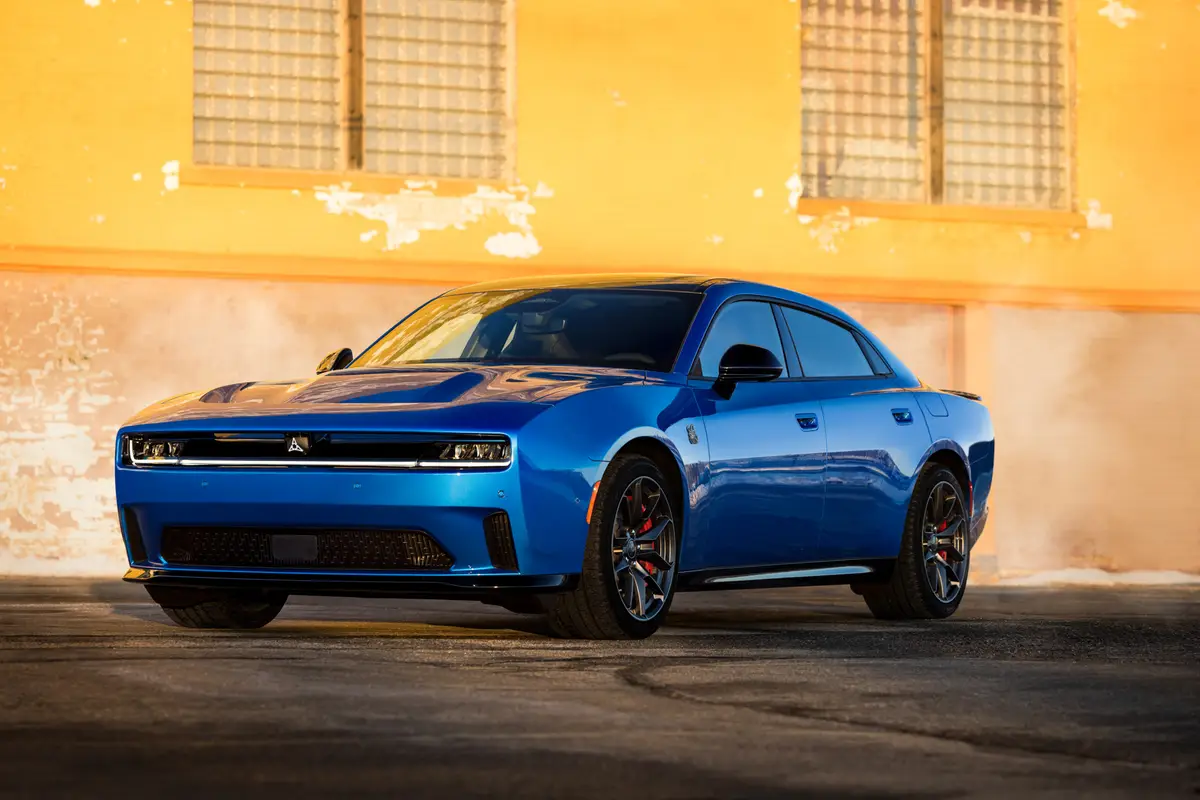IndyStar.com's view
Hyundai Motors’ 1997 Tiburon is a striking example of an automotive dream come true.
Originally introduced in 1993 as the Hyundai HCD-II concept car, the Tiburon is one of those futuristic sport coupes that made it into production.
Featuring bold design and spirited performance, the new front-drive coupe comes in standard and upgraded FX form, with both models enhanced by aerodynamic styling and advanced technology.
“Customers are calling it The Shark,” said Jim Webb, Butler Hyundai’s general sales manager. “It’s got that pointed nose and eyes on the side.”
The Tiburon is a prime example of the longer wheelbase, shorter front/rear overhang school of design. Overall length is but 170.9 inches. The wheelbase, however, is 97.4 inches, with the chassis layout pushing the wheels out toward the four corners of the car.
When the FX stands on its optional aluminum wheels and 15-inch Michelin tires, it takes on a decidedly muscular appearance.
You have to give the Tiburon an “A” for looks. Stylists have achieved a fluid exterior theme. Side panels are sculpted and integrate smoothly into a steeply raked windshield.
Slim-profile roof pillars maximize the driver’s field of vision, offering 330 degrees of visibility. Side mirror housings have been designed to negate wind noise at high speed.
The sporty front air dam also is a high-design element that is specially formed to enhance air flow into the engine for more efficient cooling.
At the rear, the deck spoiler has an integrated brake light. Extra-large tail lights feature a unique ellipsoid shape and are tilted downward.
Altogether, the body structure package represents a fairly decent 0.33 coefficient of drag, which translates into better fuel efficiency.
For some reason, apparently known only to Hyundai’s management, two engines that are within 10 horsepower of each other are offered. Both are dual overhead cam, 16-valve four-cylinder motors, one a 1.8- liter (109.4 cubic inches/1.795 cubic centimeters.) powerplant and the other displacing 2.0 liters (120.4 cubic inches/1,975 cubic centimeters).
The 1.8 is rated at 130 horsepower and powers the standard Tiburon. The 2.0 liter, the latest series of Hyundai-designed engines, powers the Tiburon FX and is rated at 140-horsepower.
Both motors are from Hyundai’s Beta engine family and, while the larger engine obviously is more powerful, it sure doesn’t put out as much power per cubic inch. The numbers here have the 1.8 developing 1.18 horsepower per cubic inch and the 2.0 liter 1.16 horsepower per cubic inch.
It makes one wonder why they didn’t just put the 2.0 liter in both models and be done with it.
In keeping with the sporting nature of a driver’s car, the standard transmission is a five-speed manual, with a four-speed automatic being an $800 option.
The automatic adds 66 pounds, so with curb weights running between 2,566 and 2,633 pounds and 130 to 140 horses in hand, the five-speed is going to be the more lively propositio n.
There really is not a major mileage differential between the 1.8-liter and 2.0-liter motors and five-speed and automatic transmissions.
A 1.8 five-speed has a rating of 22 mpg city and 30 mpg highway. For the 2.0 liter, it’s 22/29. For the automatic, the 1.8 rates 23/31 and the 2.0 liter 21/28.
The coupe is a four-seater, with individual seats in front separated by a center console. A two-passenger formed seat makes up the back.
This is called a 2-plus-2 configuration in sports car terminology, and it also can be called intimate. With this type of automobile, there always is more room in front than in the rear. In the Tiburon, there is a drop of a little more than 3 inches of head and leg room from front to back.
The cockpit layout is state-of-the-art, with the console holding the shift lever quadrant. Stereo, climate controls and air vent are in the upward extension of the console. Instrumentation is the standard four-gauge speedometer-tachomenter-temperature-fuel.
Hyun dai’s Tiburon represents sports-type motoring at an affordable price, as the standard coupe has a base price of $13,499. Or, you can go upstream to an FX for $14,899. Options such as a premium stereo and leather are available.
Latest news



